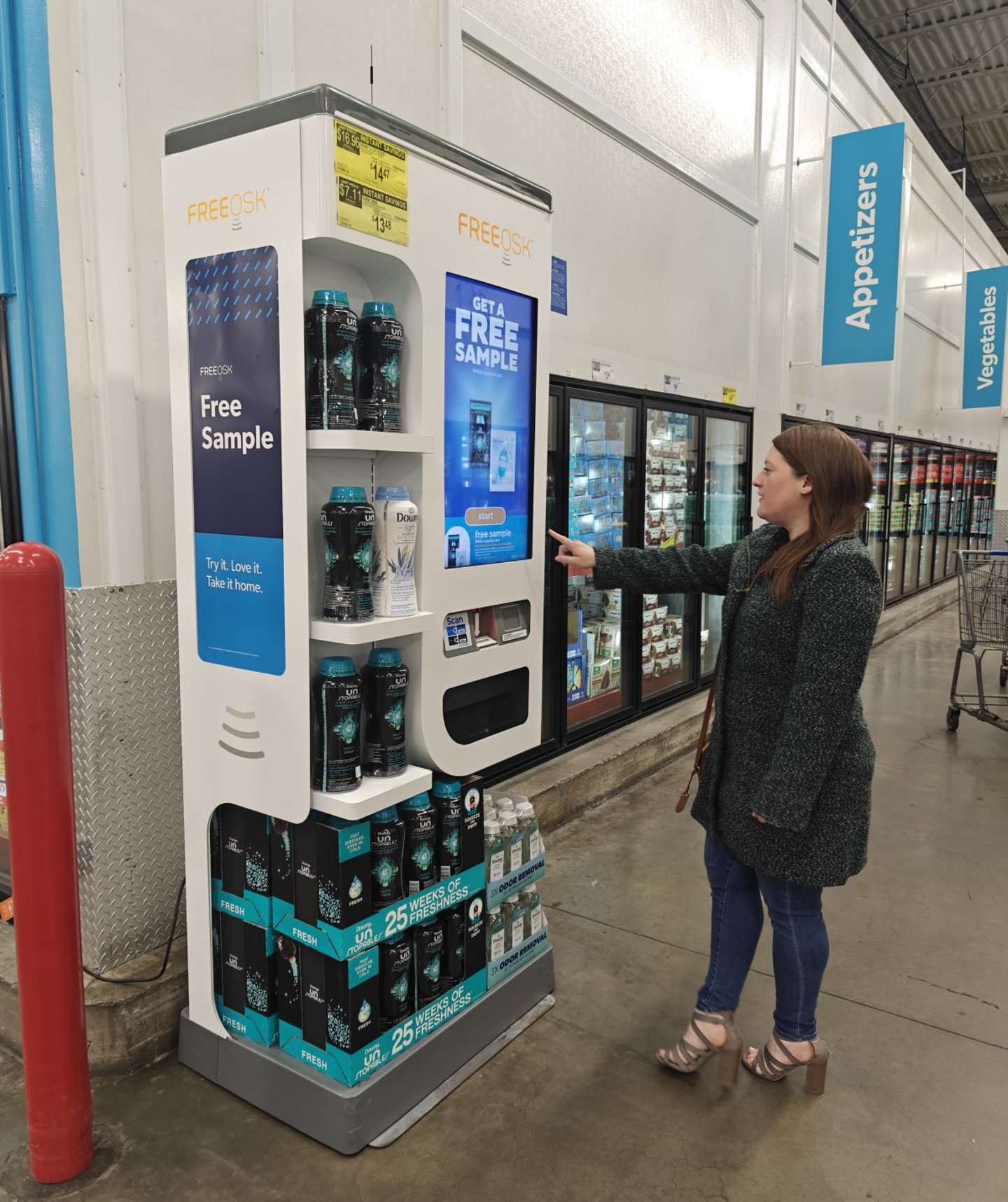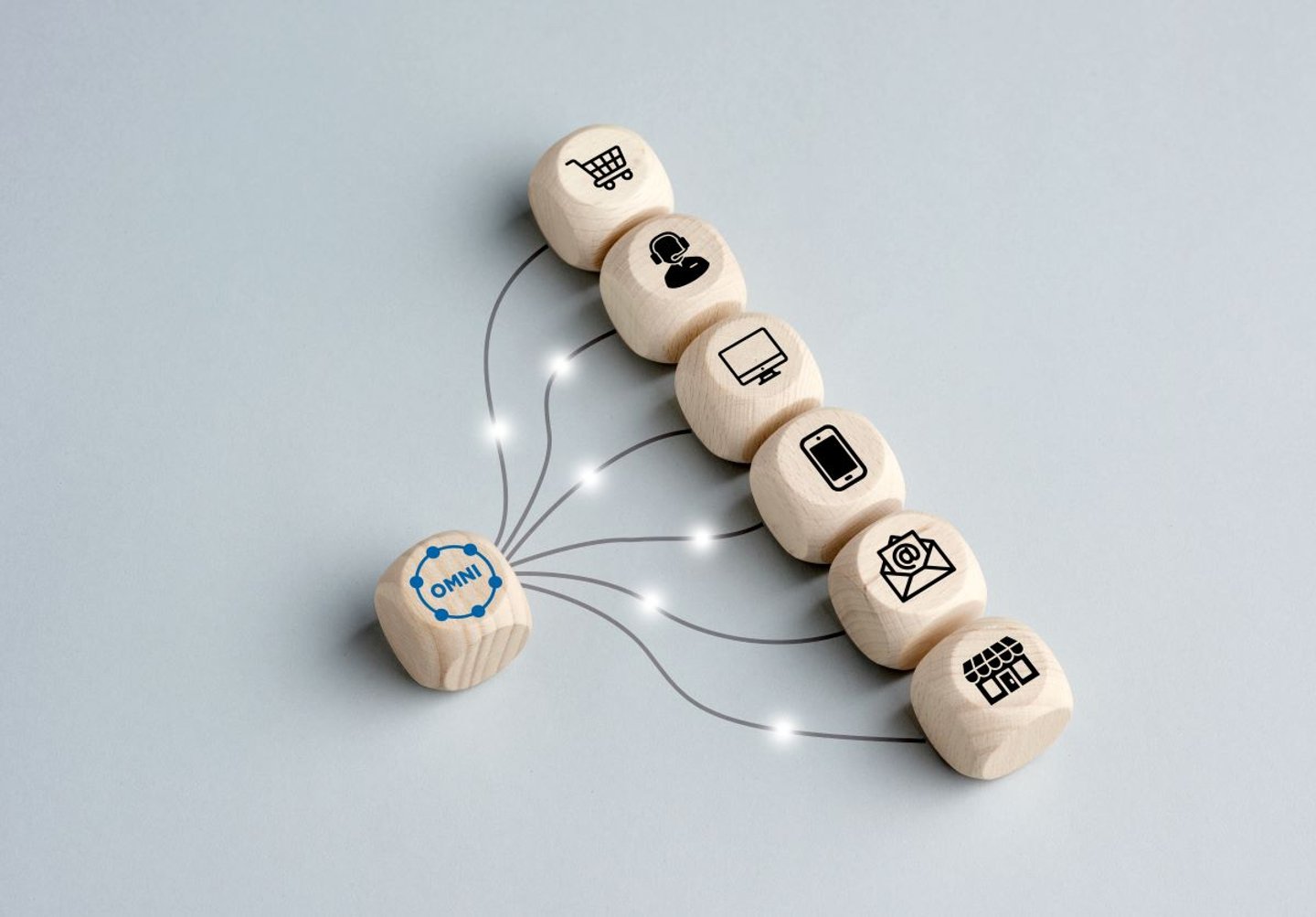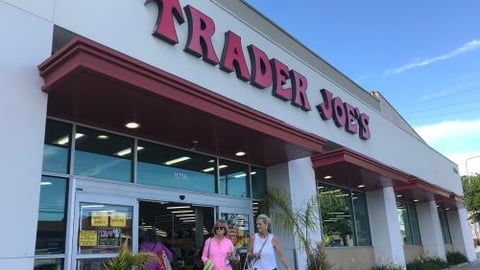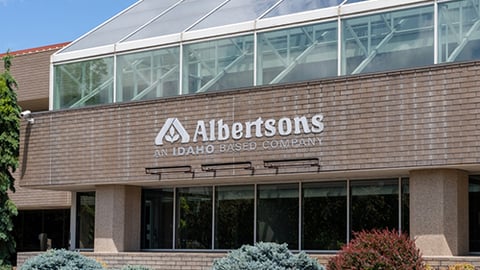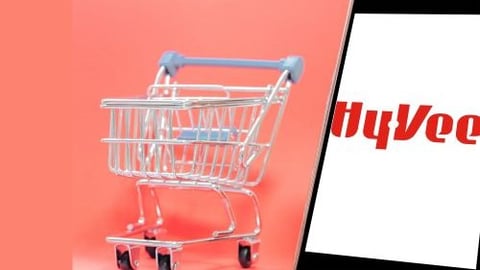Retail Media's Expanding Role in Connecting With Consumers In and Out of Store
More Information
Consumers want a shopping experience that meets their diverse needs at any given time, whether that’s online or brick and mortar. Retail media is playing an ever-increasing role in this relationship.
What exactly is at stake?
“Retail media is expected to reach $231 billion by 2030, and we’re still in the early innings, with the U.S. retail media market value at $54.5 billion in 2024, which is about $1 in every $7 spent on ads,” says Michael Jaconi, co-founder and CEO of Button, a New York City-based mobile commerce technology company. “The key to unlocking even more growth is making sure these ad experiences aren’t just another version of traditional display; they need to be commerce-driven, intent-based and seamlessly integrated into the shopping journey.”
[RELATED: 76th Consumer Expenditures Study - Meet the 2025 Shopper]
Recent research from FMI – The Food Industry Association and NielsenIQ indicates that total digital sales for grocery items are pegged to reach $388 billion, for a nearly 25% market penetration by 2027, and that more than 90% of U.S. consumers currently engage in omnichannel shopping. Retailers still have work to do, however. “While there was an initial surge in retail media initiatives, many CPGs soon discovered that retailers had yet to master campaign execution and deliver meaningful ROI,” says Adam Zimmerman, co-founder of Ideal by Design House, a Chagrin Falls, Ohio-based digital ad agency. “This realization led CPGs to pull back and impose stricter guidelines, underscoring the significant challenges that remain.”
Retail media networks (RMNs) are becoming more established with larger retailers, but mid-market and independent retailers are still lagging behind, notes Jacob Blondin, CEO of Richmond, Va.-based data provider RDSolutions. “This isn’t surprising, given the scale of companies like Walmart, Target and Kroger, where their large user bases justify the investment,” says Blondin.
While there’s growing interest among a broader range of retailers to monetize their customer base and improve advertising quality for both consumers and brands, Blondin points out that many of these retailers have yet to fully engage with RMNs. “I believe there’s a significant opportunity here, especially if independents collaborate in a co-op style to provide better value to brands,” he asserts.
Kroger Precision Marketing, the retail media business of the Cincinnati-based grocery giant, recently introduced Promoted Product Carousels to enhance product visibility within search results. Brands can showcase up to 32 products in a single shoppable carousel. It’s an opportunity for brands to inspire and drive consideration closest to the moment of purchase, explains Christine Foster, KPM’s VP of product strategy and media operations.
“It is ideal for seasonal promotions, new launches or meal solutions,” adds Foster. “We’ve just recently launched the capability but have already observed an increase in both product discovery and sales for brands who have engaged.”
[RELATED: Kroger Debuts E-Comm Business Unit]
According to Foster, the big opportunity ahead is to use the same purchase data to grow brands outside the walls of retail-owned channels: “We’ve done side-by-side comparisons of purchase data versus standard third-party advertising audiences … [and] found that retail audiences can deliver the same sales impact of standard digital programmatic audiences, but with 51% fewer impressions and 40% higher lifetime value. This raises the bar for both the customer journey and a reduction in ad waste.”
Retail media is already driving significant sales lift for brands, and Foster believes that its influence will grow: “A recent regression analysis by our team showed that every dollar invested in on-site retail advertising correlated to $14 of total store sales.” Additionally, retail media bridges the gap between online and in-store shopping through personalization. “In a store of 40,000 SKUs, retail media can put a spotlight on the exact promotions or new items that are most relevant for each household,” Foster says.
For example, at KPM, more than 75% of on-site display impressions come from new-to-brand shoppers, she says – “a clear sign of retail media’s ability to spark inspiration. This end result is a more cohesive customer journey, where digital ads drive real-world results and shoppers enjoy a more personalized experience at every touchpoint.”
Targeted Content
Retail media is a “must-have” for grocery retailers looking to thrive in today’s competitive landscape, according to Shachar “Shock” Torem, SVP and general manager of CPG and retail media solutions for Little Rock, Ark.-based Vestcom, an Avery Dennison company. “We’re still only scratching the surface of its potential value for retailers, brands and shoppers,” observes Torem.
Vestcom is the exclusive provider of price tags and signage solutions at more than 70 retailers nationwide; its proprietary solution, ShelfAdz, is designed for SKU-level placement. “The reality is that 90% of transactions still happen in-store,” says Torem. “The shelf edge is the ultimate location for a brand to not only deliver its message, but also to influence purchase decisions. It’s arguably the most important checkpoint on the shopper journey.”
In fact, he notes, Vestcom data shows that brands with media on their shelf tags generate 5% to 10% average sales lift, which “clearly validates that shoppers value more than just price.”
[RELATED: Next-Level Shelf Technology]
Retail media enables grocers to reach shoppers in new ways, thanks to relevant information that makes a direct connection with the consumer, observes Kevin Bridgewater, SVP of strategic retail solutions at Sussex, Wis.-based Quad.
In-Store Connect by Quad delivers targeted ads on digital screens in aisles, end caps and other strategic locations. “By giving retailers and CPG companies more impactful opportunities to deliver relevant promotions, share key information and connect adjacent product options, the solution enhances the overall shopping experience,” says Bridgewater, noting that In-Store Connect enables content to be linked across grocery chains to provide national promotion opportunities.
Meanwhile, Freeosk engages consumers through a network of strategically located kiosks that combine multimedia, incremental merchandising and opt-in automated trial. “Our tech-enabled platform provides a discovery destination for shoppers,” explains Dilini Fernando, CMO of Chicago-based Freeosk. “In exchange for their time and attention, shoppers are rewarded with exclusive savings, content and the opportunity to try their new favorite products for free.”
Impact on Ops
Additionally, RMNs have the potential to impact operations throughout the store. “ISM simplifies in-store retail media by giving retailers a single, interoperable platform to manage and monetize their in-store digital inventory,” explains Mark Fishkin, VP of retail media platforms at New York-based ISM, a certified partner of Vibenomics.
“First, it streamlines operations, making it easier and faster to execute in-store campaigns,” continues Fishkin. “Second, it increases profitability by allowing retailers to capture more ad dollars within their own ecosystem. Third, it broadens demand sources, connecting retailers to a broader pool of advertisers. And finally, it reduces operational complexity by integrating with existing in-store tech providers.”
Retailers are increasingly adopting self-service platforms that streamline campaign execution and expand accessibility to a broader mix of advertisers, according to Fishkin. “Integrated platforms with automated inventory access are also helping retailers efficiently adjust pricing, inventory and targeting parameters in real time, maximizing revenue without much manual intervention.”
On the data side, enhanced measurement capabilities are changing how retailers and advertisers assess performance. “Attribution remains a hurdle, but innovations in point-of-sale data integration and closed-loop reporting are bridging the gap, making it easier to quantify in-store media’s impact on actual sales,” says Fishkin. “AI-powered analytics strengthen this connection by providing deeper insights into shopper behavior to optimize campaigns in real time.”
Advancements in real-time analytics are revolutionizing retail media, notes KPM’s Foster. “Our programmatic bidding tool, PrecisionBid, exemplifies this by optimizing campaigns toward actual sales outcomes rather than traditional metrics like clicks or impressions,” she says, noting that early results have shown up to a 25% uplift in average return on ad spend and up to a 40% boost in household penetration.
Earning and Learning
Machine learning and attribution are two of the biggest enhancements affecting retail media performance and measurement, contends Button’s Jaconi. “Machine learning allows for more personalized ad experiences, ensuring that users see products that match their preferences, origin and past behaviors. Attribution, on the other hand, ensures that every step in the user journey is accounted for, giving proper credit to the publisher, creator or affiliate who drove the conversion.”
Drew Cashmore, head of strategy for Toronto-based retail media solution provider Vantage, says that retail media to this point has been challenging for retailers to adopt because it requires the implementation of 10 or more disparate technology solutions and a lot of manual flow of information.
“Vantage connects all those tools and reduces the total number, allowing retailers to more efficiently build and scale their retail media business,” says Cashmore. “We also provide retailers and their advertising partners with a seamless self-serve solution so that media buyers can ‘do it themselves.’ We have moved from spreadsheets and emails to workflow automation, giving individual operators access to the appropriate information for their specific job. By connecting all the pieces into a unified tool, we can better utilize data in AI models, improve campaign performance and finally deliver measurable outcomes across all touchpoints in a simplified self-serve dashboard.”
What’s Next?
Blondin, of RDSolutions, contends that online and in-store offerings need not be aligned. “The quality of consumer data available today allows for different strategies across channels,” he says. “We’re working on a suite of solutions designed to support mid-market and independent retailers in implementing RMNs. Given the complexity, we believe the key to success is partnering with retailers who are genuinely committed to long-term RMN solutions.”
The in-store audience is as relevant, if not more so, than the digital audience, asserts Vestcom’s Torem, “and treating those eyeballs as a media prospect can have a significant impact on both the top and bottom lines for retailers. Retailers continue to explore the digitization of the in-store environment with various screen formats that engage shoppers with a combination of promotional and media content.”
The next evolution of RMNs will be defined by a crucial structural change in how in-store media is categorized and discovered within the broader advertising ecosystem, predicts ISM’s Fishkin: “Currently, in-store digital media is bundled into the larger digital-out-of-home category, which significantly undersells its unique value proposition. The key transformation will be separating in-store media into a distinct supply category. This separation better showcases the unparalleled reach of in-store media, which actually surpasses network television in terms of potential audience exposure.”
Retail shopping behaviors tell us more about lifestyles, aspirations and life stages than traditional demographics alone, asserts KPM’s Foster: “As a result, watch for more retail networks to focus on channel-agnostic applications that empower brands with retail signals across all media.”
Ideal’s Zimmerman believes that the next phase of retail media networks comes down to one word: scale. “CPGs are no longer willing to navigate dozens or hundreds of individual networks,” he says. “A future where every retailer operates its own network is unsustainable. Most will need to collaborate to form national networks. More likely, several ad tech platforms will emerge as dominant players, connecting thousands of retail locations into cohesive and powerful ecosystems.”




